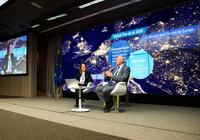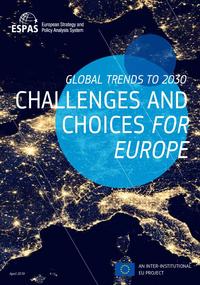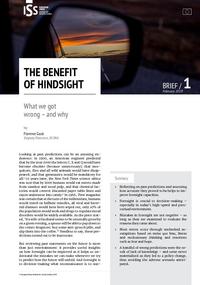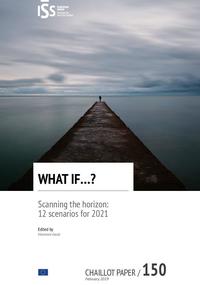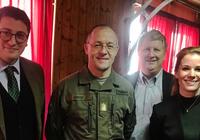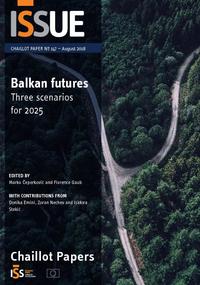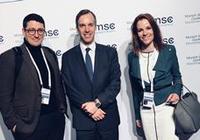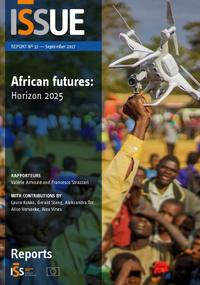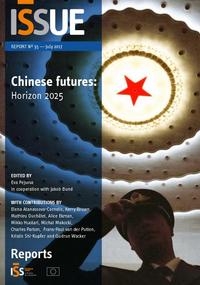There are many ways to think about the future – but some are more productive than others. Horoscopes, prophecies and ancient dream interpretations, for instance, are not exactly useful: whereas horoscopes and dreams are too vague, prophecies are too doomsday-like to give a clear idea of what can be done to shape the future. This is what foresight is really about: choice, decision and action – and not prediction, as is often assumed. It is an intellectual and creative exercise designed to help decision-makers develop and make choices, challenge long-held beliefs and/or orthodoxies, focus their resources and attention, and prevent and anticipate certain developments.
Strategic foresight, while conducted for decision-making, is mainly done by entities slightly removed from the running of day-to-day business. After all, its role is precisely to challenge the assumptions of institutions, to search for and detect weak signals, to inspect the outer contours of events, and to investigate areas which do not necessarily feature in the headlines. The EUISS is one of those bodies built for such an enterprise.
As with other actors involved in foresight, the EUISS uses a host of methods to think about the future in a constructive fashion. In the past, we have consulted experts (called the Delphi method), produced trend-impact analysis, and developed various types of scenarios. More often than not, we use two or more methods consecutively. And there are many more techniques to be explored, ranging from crowdsourcing to surveys, visioning and simulations.
